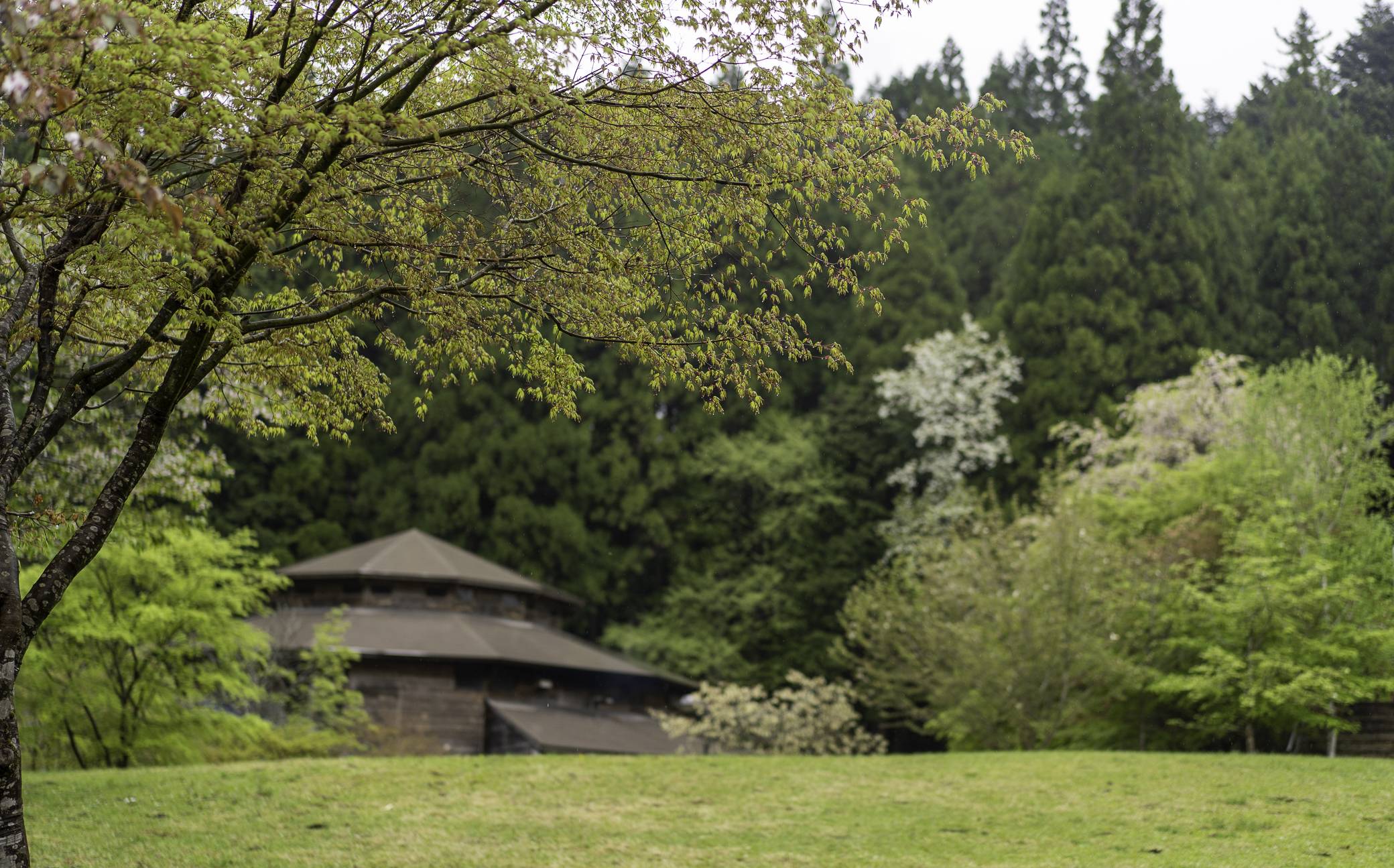Over the last 30 years, Alex Kerr has given 574 presentations on the cultural importance of Japan’s minka (traditional village homes). For the first 573, his audiences were filled with nothing but local bureaucrats skeptical about lifting a finger to preserve these striking properties.
“They all had to be convinced that minka are not worthless but wonderful,” Kerr told the audience at the Minka Summit, the site of the noted Japanologist’s 574th such presentation. “The people who are coming to this conference are really doing (things with) minka. You don’t need to be convinced that minka are wonderful.”
While Kerr, who purchased “Chiiori,” his first minka located in Tokushima Prefecture back in 1971, may have been the most recognizable name at April’s Minka Summit, the event’s more than 300 attendees proved there’s more to this seemingly outdated architecture than meets the eye. Held about a 90-minute drive north of Kyoto in the bucolic village of Hanase, the three-day summit brought together prospective property owners, entrepreneurs, tourism consultants and niche YouTubers for discussions on sustainability, carpentry workshops and, above all else, an appreciation of the picturesque yet rapidly vanishing homes.


















With your current subscription plan you can comment on stories. However, before writing your first comment, please create a display name in the Profile section of your subscriber account page.